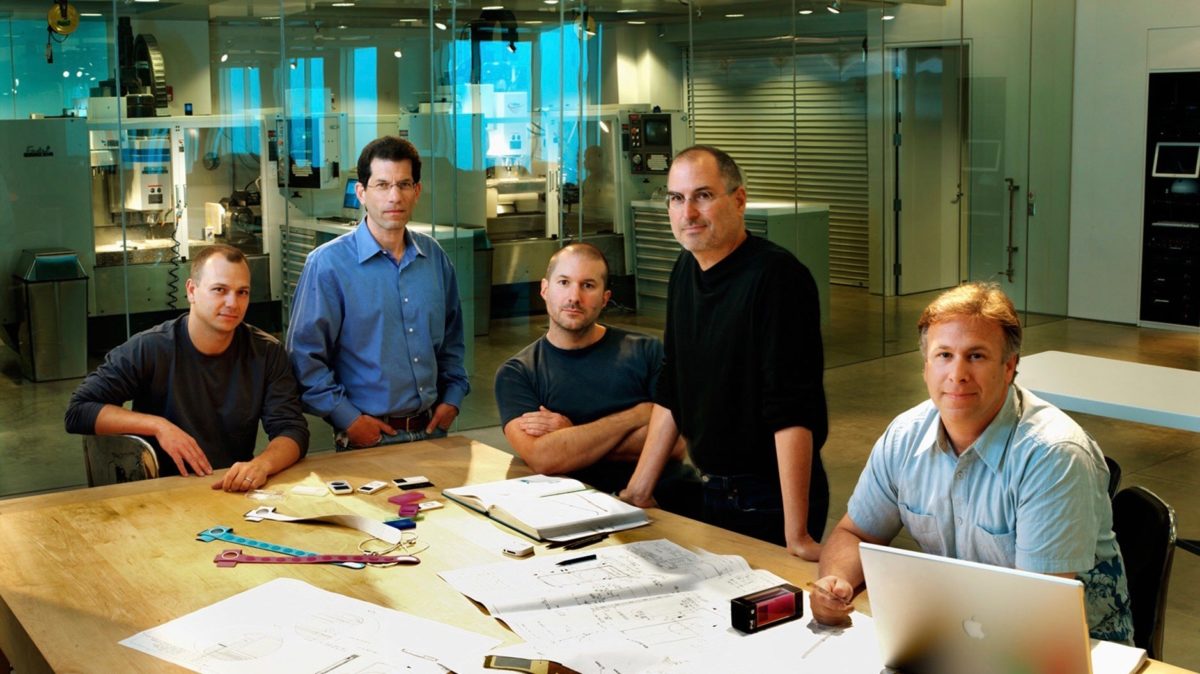Dockless scooters have been the hype of the past 2 years. In 2018, a Santa-Monica based company called Bird introduced the world to small-sized vehicle-sharing as a solution to the first and last mile challenge. Now, backed by over 500 million USD, the start-up is valued at 2.5 billion USD, and operates their massive fleet of scooters in over 100 cities across North-America and Europe (Hawkins, 2019). Similar companies, such as Lime (US), Scooter (US), and even felyx (NL) were quick to launch their own version of shared mobility.
Although these scooters have faced a lot of frustration and pushback, we shouldn’t deny their huge success. They’ve shown that people are hungry for new modes of transportation. For instance, felyx facilitated 430,000 km in rides in their first year in Amsterdam (Keswiel, 2018). Because of the built-in GPS tracker of scooters, these trips are documented, stored, and very valuable. Given the free-floating nature of the scooters, this trip-level data basically shows the complete travel behavior of citizens in a given city, which public transportation data cannot offer. This is because of its fixed time schedule and routes. Public transportation serves the average citizen, whereas shared mobility has the ability to serve every citizen.

So what are the opportunities? Shared-vehicle mobility companies can leverage this data to build a stronger relationship with municipalities. Essentially, data collected by these companies on the individual trip-level data is valuable real-time feedback on urban city designs (Woyke, 2019). It accurately explains how people move through cities and helps municipalities point out where the pain points from an urban design perspective. Also, it allows municipalities and these companies to work together in deciding on how to tackle the problem of scooters hindering pedestrians and taking up side-walk space. In short, aside from being a complementary service to existing transportation networks of cities, these vehicle-sharing companies can be contributors to urban city design through their business model by selling its data (Stuart, 2019).
Do you guys think that these types of rider data is also valuable in the Netherlands, a country where the bike line infrastructure is already really good. I’d like to hear your thoughts. Thanks.
References
Hawkins, A. J. (2019). Bird raises new funding at 2.5 billion valuation, thanks to longer-lasting scooters. The Verge. Retrieved from: https://www.theverge.com/2019/10/3/20895798/bird-scooter-fundraising-valuation-unit-economics
Keswiel, M. (2018). Deelscooter-startup felyx laat 324 scooters los op Rotterdam, dankzij 3 miljoen euro groeigeld. Retrieved from: https://www.sprout.nl/artikel/startups/deelscooter-startup-felyx-laat-324-scooters-los-op-rotterdam-dankzij-3-miljoen-euro
Stuart, S.C. (2019). How Scooters (and the Data They Collect) Can Transform Cities. Medium. Retrieved from: https://medium.com/pcmag-access/how-scooters-and-the-data-they-collect-can-transform-cities-e5316a7267e7
Woyke, (2019). The Secret Data Collected by Dockless Bike Is Helping Cities Map Your Movement. Medium. Retrieved from: https://medium.com/mit-technology-review/the-secret-data-collected-by-dockless-bikes-is-helping-cities-map-your-movement-54ec6c2b97dc



